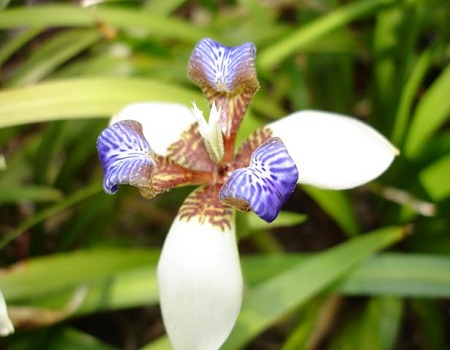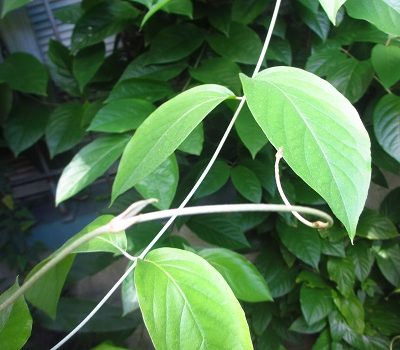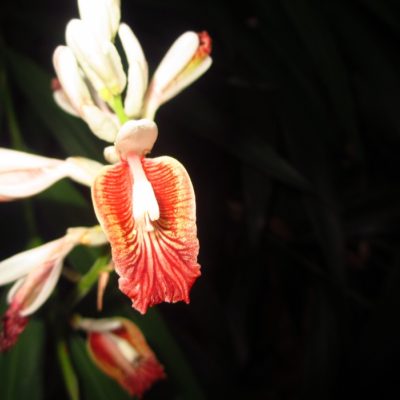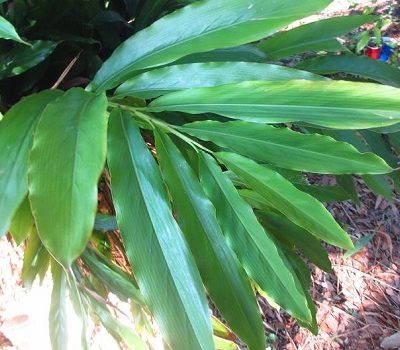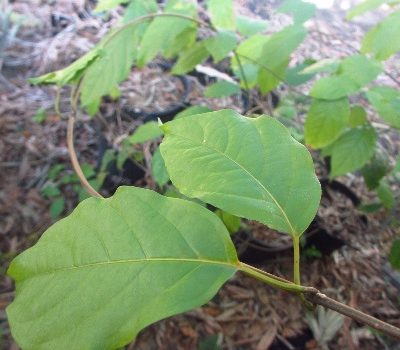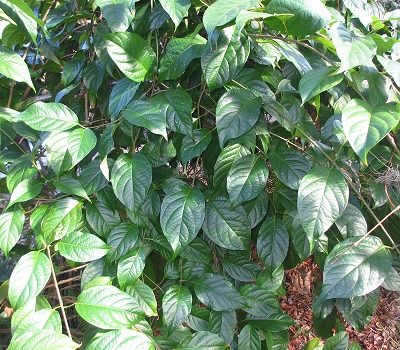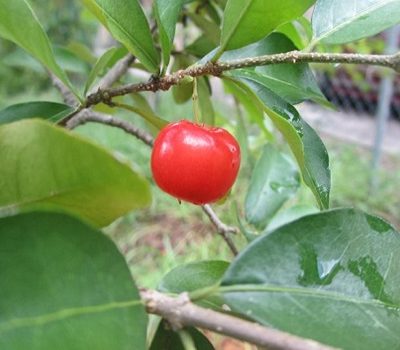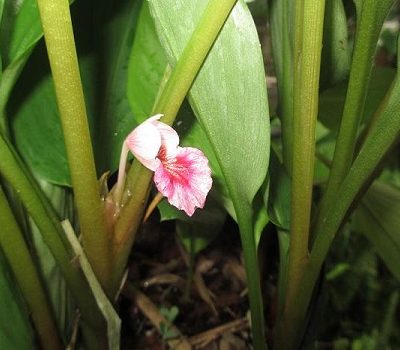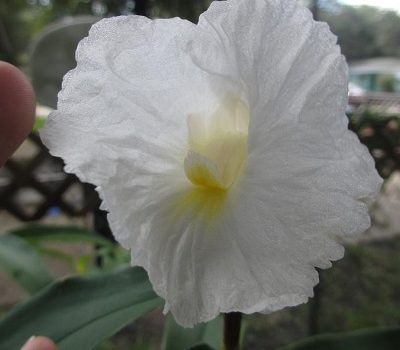Walking Irises are resilient, forgiving, plants, and are a good choice for novice tropical plant growers. The walking irises get their name by the way they asexually reproduce themselves. Their inflorescence which looks very much like a leaf blade, produces flower buds sequentially for several weeks.
When it is done flowering, a baby plant emerges from the bract at the tip. This baby continues to grow until it is too heavy for the inflorescence to support, and it bends down to the ground where it roots and grows. The following year, the new baby blooms and repeats the process. In this way, they can walk across your garden forming a bed of them as they do.
Although they are not true Irises, they are in the same family (Iridaceae), and the flowers are very iris like and quite beautiful. Each flower lasts only one day, blooming in the morning and dying by the late afternoon, but each inflorescence will produce many flowers sequentially over the course of several weeks. Here at Randy’s Tropical Plants, I grow two species, Neomarica gracillis, and Neomarica caerula-reginae.
Neomarica gracillis is a very easy plant to grow. They even survive and bloom in the poor sandy soil here in Florida. Of course, the do much better if they are provided with higher quality soil.
They are also very tolerant of varying light conditions. I grow them in full sun, full shade, and everything in between. In full sun, the foliage will look a bit bleached and burned, but plants grown in brighter light bloom more prolifically. In shade they still bloom, less prolifically, but the foliage stays a vibrant glossy dark green.
Although Neomarica gracillis is a tropical plant, they are not particularly cold sensitive. I’ve never lost any of my in ground specimens to cold snaps. Even when I didn’t protect them from frost, they suffered only burned leaf tips, and bloomed in the following Spring as if nothing had happened.
Unlike true irises, Neomaricas are frequently fragrant. This is especially true for Neomarica gracillis, which has a lovely rose-like scent. The fragrance is not overpoweringly strong, but in a bed of them with many flowers blooming at once, you can smell them by simply standing near them.
Origin
Central America, from Mexico to Brazil
Binomial nomenclature
Neomarica gracillis
Common Names
Walking Iris
Description
A low growing perennial evergreen. The leaves are dark green, glossy, and sword like. The inflorescences, which emerge in the Spring, are almost identical to the leaf blades, with the exception of a flower bract near the tip. The flowers are quite lovely and very iris like. The sepals are white with redish-brown horizontal stripe near the center. The petals in the center are recurved and blue with a white veining pattern. The flowers are lightly fragrant, and smell faintly of roses. After blooming has finished for the year, the spent inflorescences begin to grow baby plants from the flower bracts. Once these get large enough, they weigh down the inflorescence, and the baby plant roots itself to the ground, giving them their common name “Walking Iris”.
Height
24″-30″
Temperature/Zone
Zone 9a, 320F. These do quite well as a container specimen, and can be kept indoors in a bright place. As a hanging plant the baby plants hang gracefully below the basket, much in the same way that a spider plant will.
Light
Bright shade is ideal, but N. gracillis is very forgiving of light conditions. In full sun you will get more flowers in the Sporing, but the foliage wqill look a bit burned. In deep shade they will have dark green glossy foliage, and they will still bloom, but less vigorously.
Water
These do not like as much water as many of the true Irises do. Keep them evenly moist, but overly wet conditions will cause them to rot. They are surprisingly resilient in drought conditions.
Fertilizer
I use a granular, time release, all purpose, fertilizer (10,10,10) in the Spring.
Cultivation
They do best in rich well drained soil, and they will reward you for it with thick foliage and prolific blooms, but I have also had surprising success with them in the poor, sandy, soil we have here in central Florida.
Pests
The only thing that I have ever seen chewing on this plant is a lubber grasshoper. Lubbers are almost impossible to control with pesticides. I just chop them up with a shovel.

